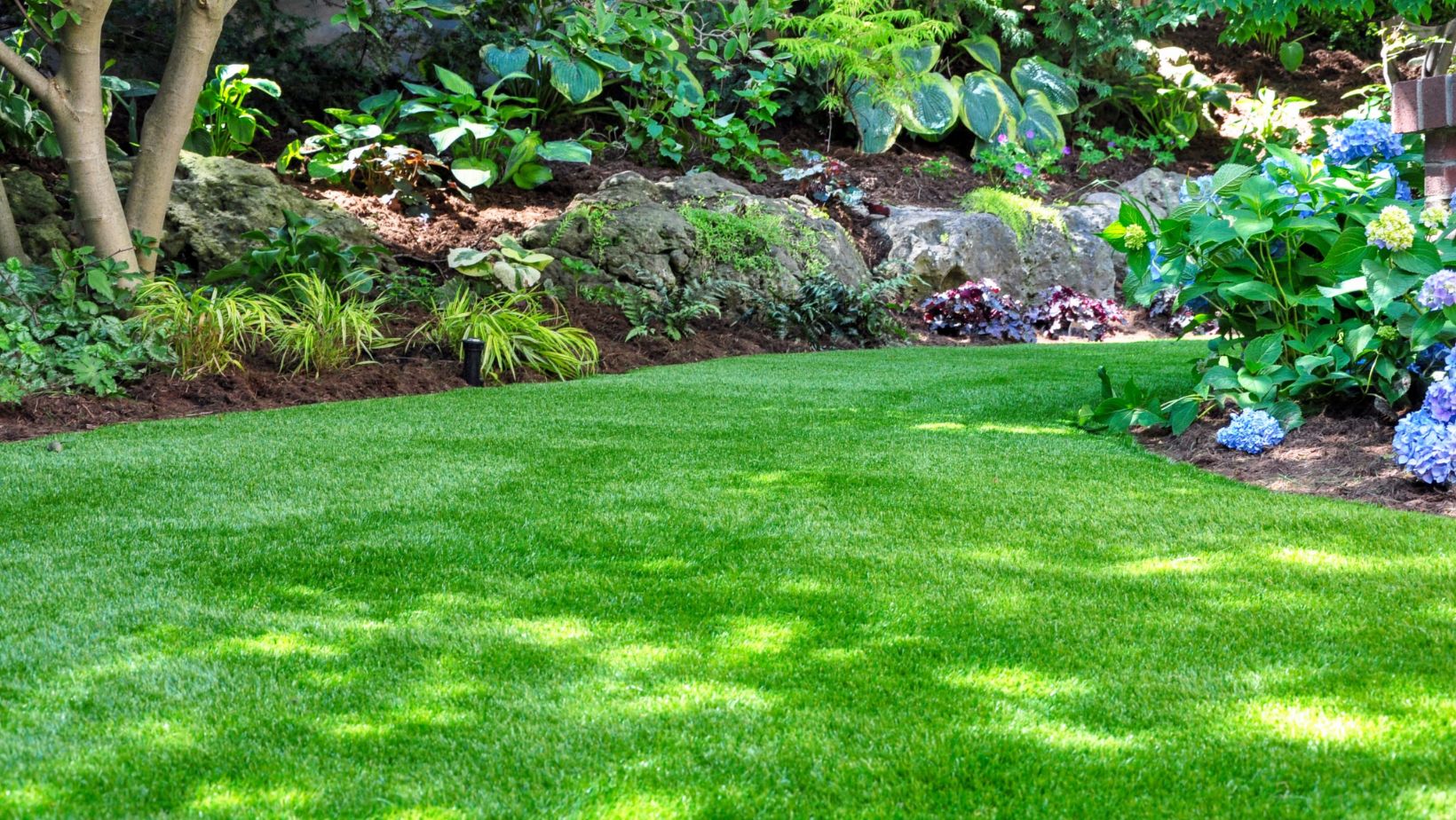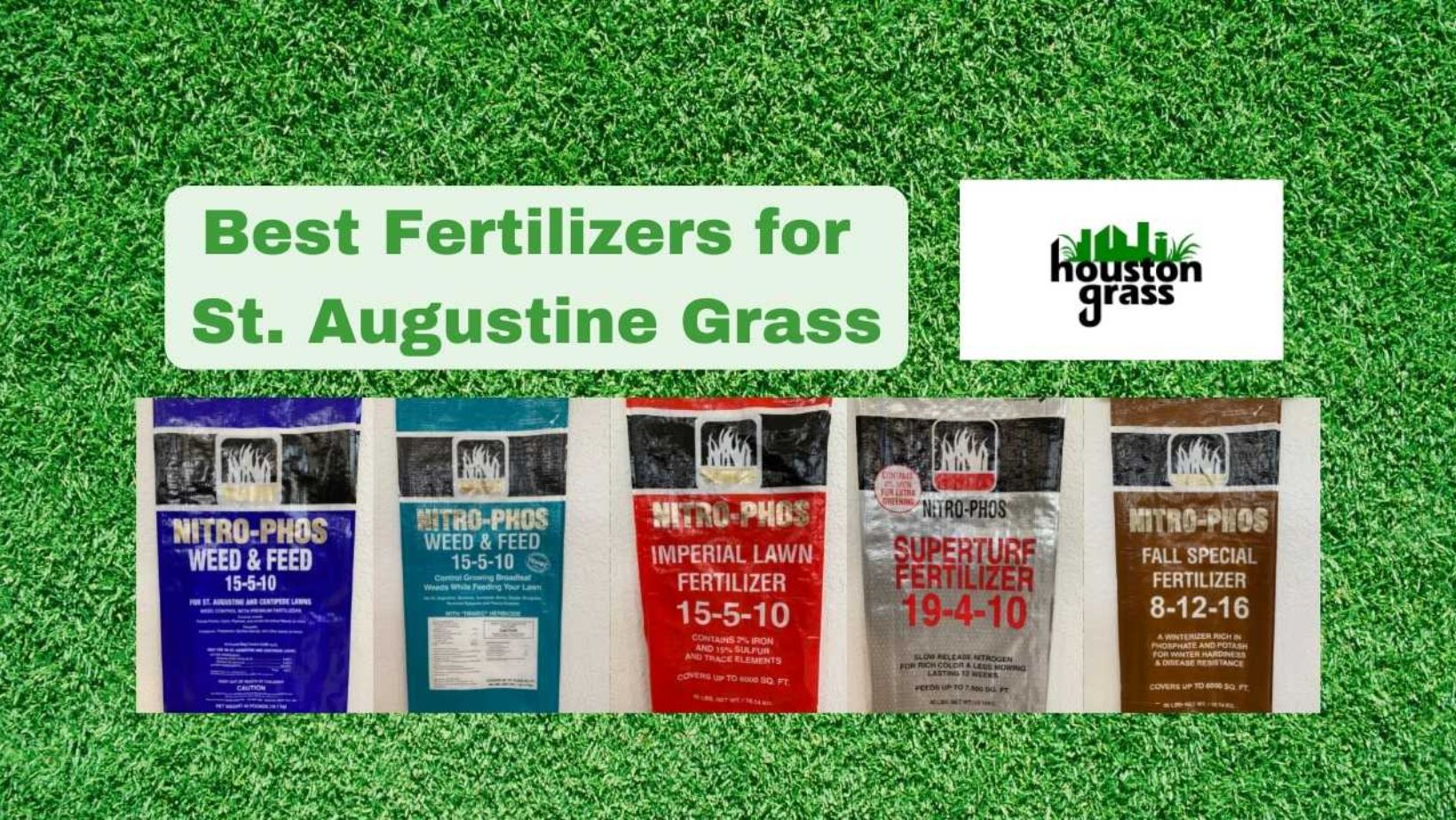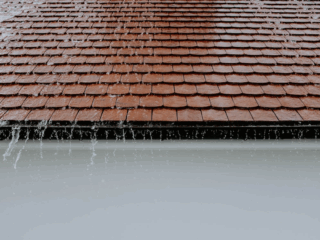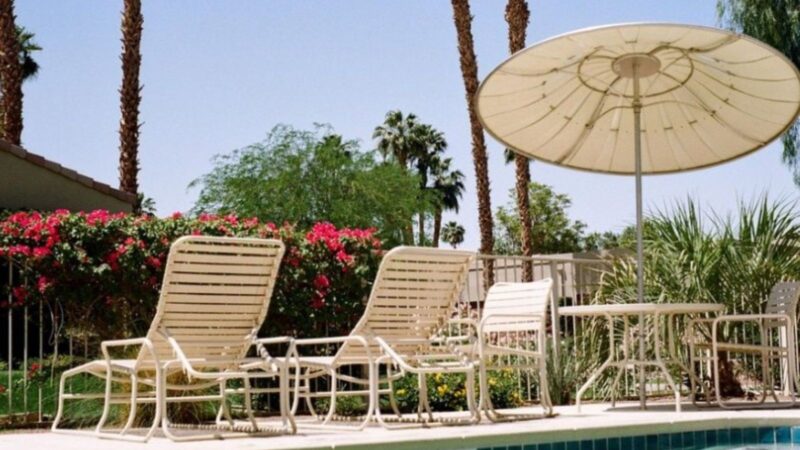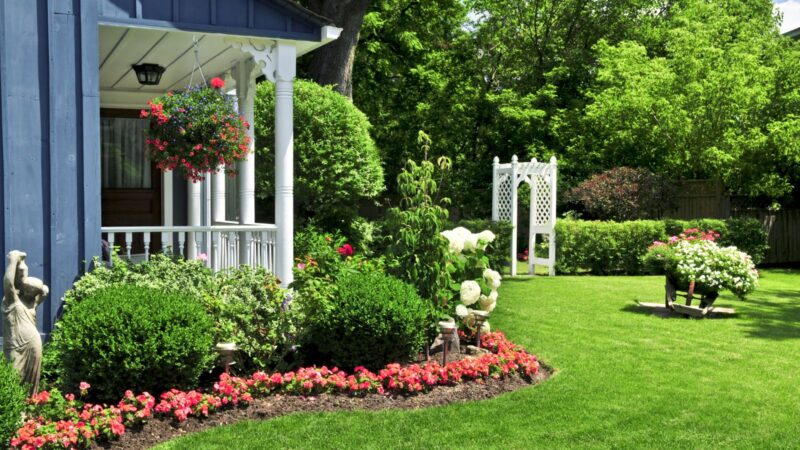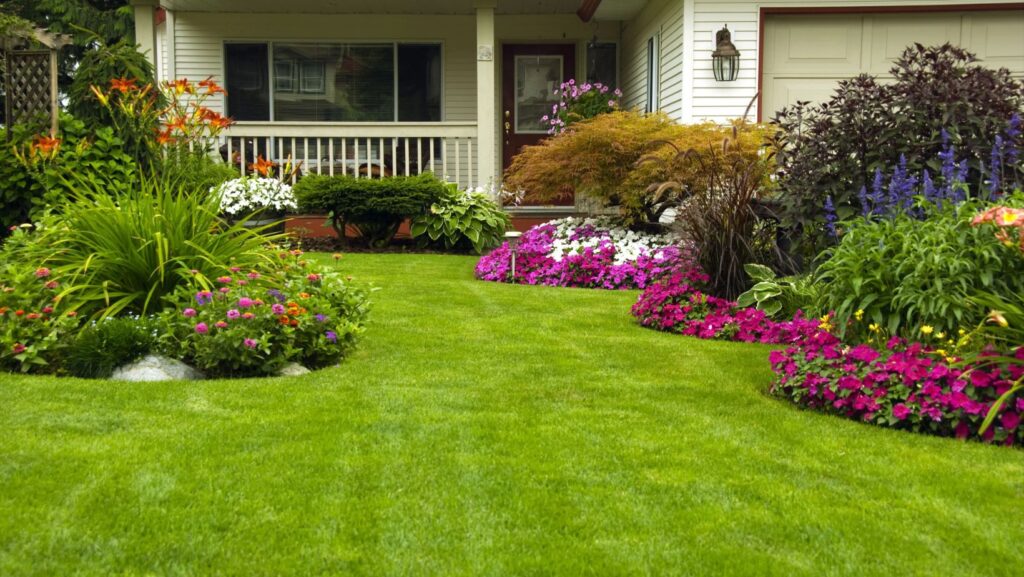
St. Augustine grass is a warm-season lawn that has become common in tropical and subtropical areas for playgrounds, gardens, and the coastal regions. Its flat, broad, bright green blades create a lush, carpet-like turf that is aesthetically pleasing and relaxing.
St. Augustine grass needs nutrition and expands when potassium, phosphorus, and nitrogen are supplied regularly. For the grass to receive these essential nutrients, remain healthy, and appear lush green, the right fertilizer is required. The proper nutrients help the grass grow with a strong root system.
Growcycle is the top-rated place to get the great fertilizers for St. Augustine Grass. These fertilizers provide the essential nitrogen, phosphorus, and potassium to keep the grass healthy and lush green.
Key Features of St. Augustine Grass
St. Augustine grass is popular for residential and commercial lawns in warm, coastal, and sunny regions because of the following features:
- Growth Habit and Appearance: It spreads through its stem, forming a thick, dense turf that helps suppress weeds and covers the ground quickly. The grass looks lush and vibrant green due to its coarse-textured, broad, flat blades, which usually range in width from a quarter to a half inch.
- Best Climate: It is a warm-season grass growing actively during summer. It thrives and performs best in warm, humid climates. It provides a comfortable feel, ideal for children, pets, and outdoor activities.
- Shade and Drought Tolerance: It is among the warm-season grasses that tolerate more shade. It thrives in full sun but can grow in partial shade or filtered sunlight. When water is given carefully, it can tolerate short dry spells, but unlike other grasses, it cannot survive drought.
- Soil Adaptability: This grass can grow in various soil types, but it likes sandy, loamy, or well-drained soils. It is perfect for coastal regions because of its mild tolerance to salt.
- Maintenance Needs: St. Augustine grass needs regular irrigation, fertilization, and mowing to stay healthy and vibrant.
- Pest and Disease Resistance: St. Augustine grass can be attacked by diseases like gray leaf spots and pests like chinchbugs. Therefore, it must be maintained to avoid these diseases.
Why St. Augustine Grass Needs Fertilizers?
St. Augustine grass requires special fertilizers because of its unique nutrient demands and growth characteristics. Here is why it needs fertilizers:
High Nitrogen Requirement
This grass thrives on nitrogen-rich fertilizers, as nitrogen is essential for maintaining its lush, deep green color and dense growth. Without sufficient nitrogen, the grass can turn pale or yellowish and become weak, making it more susceptible to diseases and pests.
Susceptibility to Nutrient Deficiencies
This grass type is sensitive to iron, potassium, and phosphorus deficiencies, which can result in problems such as weak root systems, poor stress tolerance, and yellowing of leaves. Fertilizers designed for St. Augustine grass frequently contain these micronutrients in the correct balance.
Proper Growth Balance
Fast-release nitrogen can cause unnecessary thatch buildup, a thick layer of organic matter that can suffocate grass and spread fungal diseases. Slow-release or specially mixed fertilizers help deliver nutrients gradually, reducing thatch problems and ensuring consistent growth.
Soil pH Sensitivity
St. Augustine grass’s ideal soil pH range is 6.0 to 7.5, slightly acidic to neutral. If the soil is too alkaline, it can lead to iron deficiency and yellowing. Iron and other pH-balancing components are included in some specific fertilizers to avoid this problem.
Resilience Against Pests & Diseases
Proper fertilization strengthens St. Augustine grass, increasing its resistance to common challenges such as drought stress, microbial infections, and chinch bugs. Special fertilizers frequently include the appropriate nutrient blend to strengthen the grass’s natural responses.
Recommended Fertilizers for St. Augustine Grass
Fertilizer products are recommended for St. Augustine grass based on its nutrient needs and growth conditions. Here are some commonly used fertilizers for this grass:
1. Scotts Turf Builder Southern Lawn Food
This fertilizer has an NPK ratio of 32-0-10. Its high nitrogen content increases lush green growth. It is designed for Southern lawns, including St. Augustine grass. It also contains potassium to help the lawn survive stress and drought.
2. Pennington UltraGreen Lawn Fertilizer
The NPK Ratio for this fertilizer product is 30-0-4. It can be beneficial due to the fast-acting nitrogen it contains, which rapidly promotes green color. For long-term nourishment, it also contains slow-release nitrogen. This product is excellent for maintaining a healthy, lush lawn.
3. The Andersons PGF Complete Fertilizer
The ratio of its NPK is 16-4-8. Its uniform distribution throughout the lawn is ensured by its fine particle size. Humic acid is included to improve the soil’s uptake of nutrients. For St. Augustine grass, it works well at every stage of growth.
4. GreenView Fairway Formula Fertilizer
It contains NPK in the ratio 29-0-10. It is recommended because it has high nitrogen content for vibrant green growth. Potassium helps the lawn handle environmental stress. It covers large areas, making it cost-effective.
5. Milorganite Organic Nitrogen Fertilizer
The NPK Ratio for this fertilizer product is 6-4-0. With its slow-release iron and nitrogen, this organic option promotes greenery without causing overgrowth. It also increases soil health and is non-toxic to the environment.
6. Safer Brand Lawn Restore Fertilizer
It contains NPK in the ratio 10-0-6. This fertilizer is made of organic materials that are safe for children and pets. It increases drought resistance and deep roots and can supply nourishment for eight weeks.
7. Lesco St. Augustine Lawn Fertilizer
It has a 16-4-8 NPK ratio. This product is made specifically for St. Augustine grass. It includes phosphorus in a well-balanced nutrient mix for root development. The formula’s gradual release ensures consistent nutrition.
8. Dr. Earth Super Natural Lawn Fertilizer
It is 100% organic, free from synthetic chemicals, and contains essential nutrients, including iron and potassium. It is safe for children, pets, and pollinators.
FAQs
What makes St. Augustine grass a good choice for lawns?
St. Augustine grass is popular for its thick, lush growth, excellent shade tolerance, and ability to thrive in warm, humid climates. It provides a dense carpet-like appearance and is commonly used in residential and coastal areas.
Can St. Augustine Grass tolerate cold weather?
St. Augustine grass has a low cold tolerance and becomes dormant in winter. It turns brown after the first frost but turns green again in spring when the temperature rises.
Is St. Augustine grass suitable for high-traffic areas?
It has moderate wear resistance but does not recover quickly from heavy foot traffic.
The Bottom Line
Gardeners can keep their St. Augustine grass healthy year-round by choosing the correct fertilizer and using it as needed. This is a resilient, attractive, and practical choice for homeowners looking for a beautiful and functional lawn. Visit Growcycle to learn more about different fertilizer options for St. Augustine grass.

